The top 10 grape varieties planted in the UK
By James EvisonWines of Great Britain (WineGB) has recently released its annual survey on the state of the industry, including the most popular grape varieties planted in the UK. Find out what they are here.

The data shows that Chardonnay, Pinot Noir and Pinot Meunier account for around 70% of total plantings, with hybrids, including now make up to 10% of all plantings.
New entrants to the GB wine industry also account for 55% of new plantings.
In the top 10 most planted counties, Gloucestershire has climbed one spot from last year’s report and now sits ahead of Devon. However, half of new plantings are now taking place outside of the top 10 counties.
In 2022, there were an additional 40ha planted in Kent, 23ha in Essex, 20ha in Hertfordshire, 19ha in Herefordshire, 18ha in Dorset and an additional 6ha planted in West Sussex, Norfolk, Worcestershire, East Yorkshire, and Northamptonshire.
The Top 10 grape varieties
1. Chardonnay: 31% of total plantings – 1,228 hectare
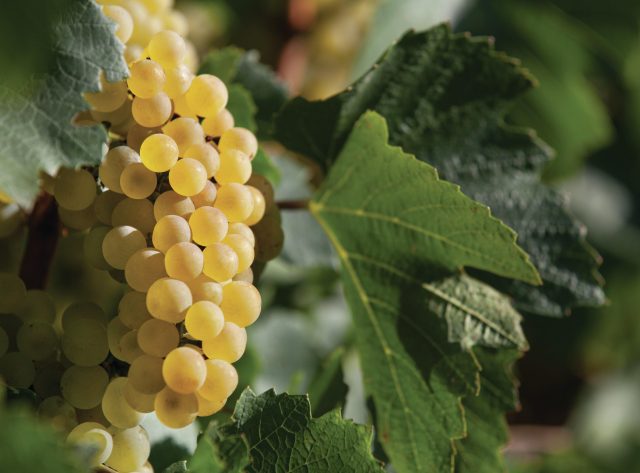
Chardonnay’s chameleon character – the manifold ways in which it changes and adapts to different climates, soil types and winemaking techniques – is a well-worn cliché. And, like most clichés, it has a great deal of substance to it, responding to everything from the planet’s changing climate to shifting consumer trends.
2. Pinot Noir: 29% of total plantings – 1,141 ha
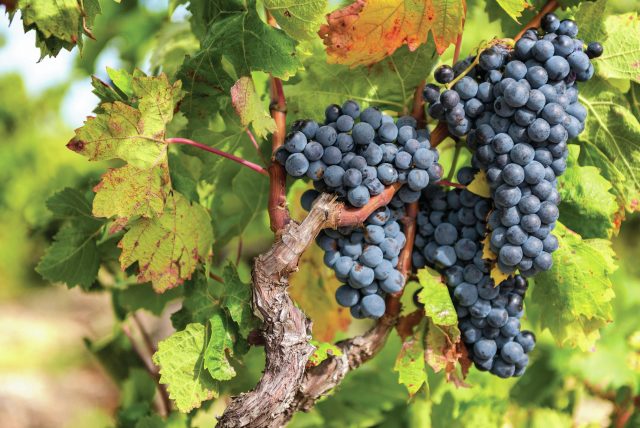
Despite being notoriously difficult to cultivate, Pinot Noir is one of the world’s most celebrated varieties due to its remarkable versatility.
3. Pinot Meunier: 9% of total plantings – 343 ha

For many years, Pinot Meunier was projected as the “Cinderella of France’s Champagne” region, its soft, youthful charms acting as a walk-on part supporting the grander stars of Pinot Noir and Chardonnay in a non-vintage blend, and here in the UK for sparkling wine.
The reality is more complicated, sometimes contradictory, certainly more interesting. The moral of the tale is that Meunier is much more than a workhorse grape. Made with feeling and care, it is both an essential part of the best non-vintage blends and it can blossom in its own right as a genuinely fine wine. Its very vulnerabilities are a challenge that the most adaptable winemakers relish, even in the topsy turvy conditions of climate change. Fortune favours the brave.
4. Bacchus: 8% of total plantings – 298 ha

Little is known about Bacchus other than its parentage (Riesling crossed with Sylvaner), and that it has certain distinct aromatic properties as a grape and wine. Bacchus tends to be Sauvignon blanc-like, displaying similar levels of thiol-like aromas. Thiols are the chemical compounds responsible for grassy to tropical notes.
Partner Content
5. Seyval Blanc: 3% of total plantings – 122 ha
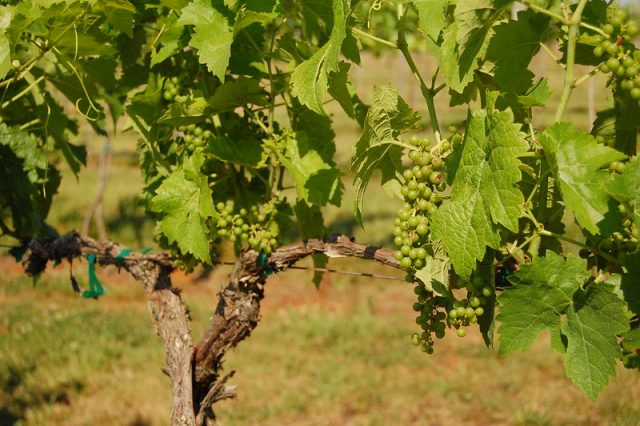
A particularly cool climate grape, Seyval blanc is a hybrid variety, which is used to make white wines. Ripening early, it has a characteristic citrus element in aroma and taste, and a minerality which can be compared to whites from Burgundy. It is often oaked. Apart from being grown in the UK, it is also grown in the east coast of the US within the Pacific Northwest region, and in Canada.
6. Solaris – 95 ha

Used to make dry white wines, Solaris was created in 1975 at a grape breeding institute in Germany. Another early ripening variety, it has good resistance against fungal diseases and frost. The wines are fruity with hints of banana and hazelnuts, and it is considered suitable for dessert wines or in the cooler climates like the UK, and with less sugar content, white wines suitable for drinking with fish, shrimps and chicken.
7. Reichensteiner – 72 ha

As the name would suggest, this grape variety is mainly grown in Germany, but has become increasingly popular in the UK as well as in New Zealand. A cross between Müller-Thurgau and Madeleine Angevine x Calabreser Froehlich, it is fairly high in sugars and as the countries it is grown in show, suited to cooler climates.
Used in the making of both still and sparkling wines, it is often blended with other varieties as it does not add a significant amount of flavour.
8. Pinot Noir Précoce – 66 ha
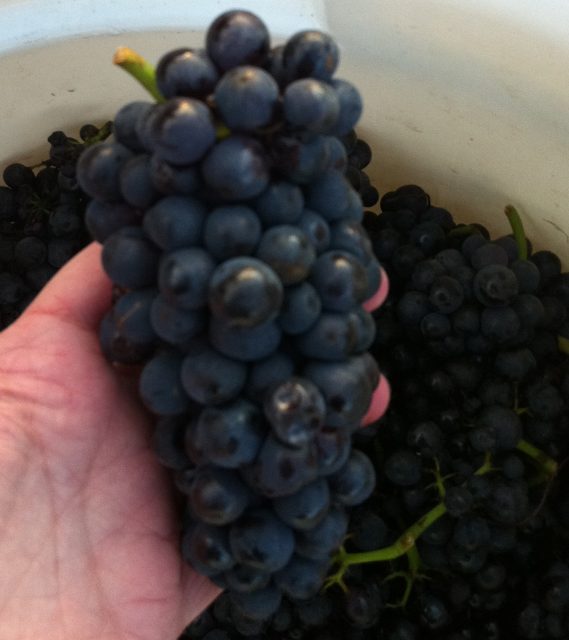
This grape, often called Frühburgunder in Germany, is a dark blue-black variety which is a mutation of Pinot Noir. Basically, it ripens earlier than normal, hence the ‘précoce’, and some don’t even consider it a separate grape variety, but merely an early-ripening form of Pinot.
9. Rondo – 61 ha
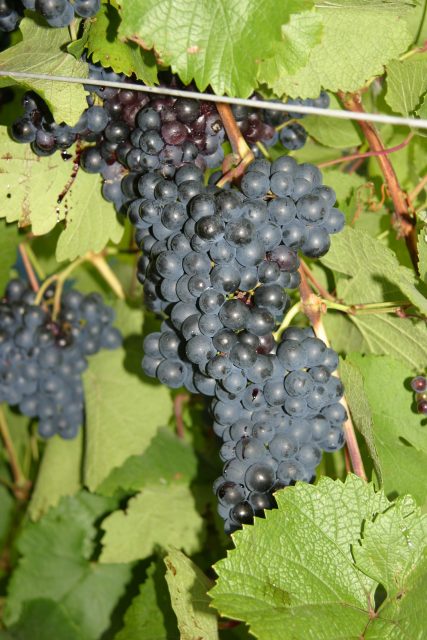
A dark-skinned grape used for making red wine, it is a very early maturing variety with high resistance to winter frost and mildew. Producing a ruby-red wine, it can also be used for blending.
10. Pinot Gris – 58 ha
It should be said at the outset that although the variety is considered distinctly Italian, the grape in fact hails from France where it’s called Pinot Gris – the gris (or grigio) meaning grey, in reference to the colour of the berries. Pinot Gris is actually a colour mutation of red grape Pinot Noir, which occurred in Burgundy, although the “earliest reliable mention” of Pinot Gris in fact took place in Germany’s Baden-Wurttembery in 1711, according to Wine Grapes.
As for its arrival in Italy, the same reference book suggests that Pinot Gris was introduced to Italy in the early 19th century in the north of the country, specifically the Piedmont. And certainly today, it is northern Italy that dominates the global production of this grape.
Related news:
Related news
Veuve Clicquot bets on Pinot Noir for La Grande Dame 2018




